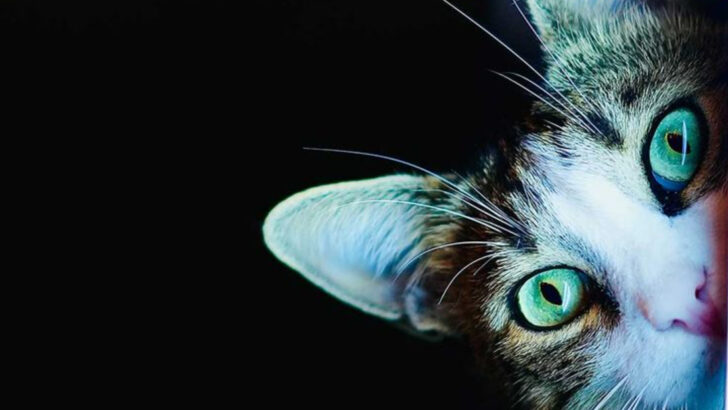That cute head bump? It might be a red flag in disguise.
Cats are masters of mixed signals. One minute they’re purring on your lap, the next they’re knocking your favorite mug off the table with unblinking eye contact.
But here’s the twist—some of their quirks, the ones we gush over and post online, could actually be signs that something’s wrong.
That zooming at midnight? That obsessive grooming? That weird stare into the corner of the room like they’re seeing ghosts?
They’re not just being dramatic (well… not only). Your cat might be trying to tell you they’re stressed, sick, or seriously out of sorts.
Let’s pull back the curtain on 13 of these deceptively adorable habits—and find out what your feline friend might be begging you to notice.
Excessive Purring
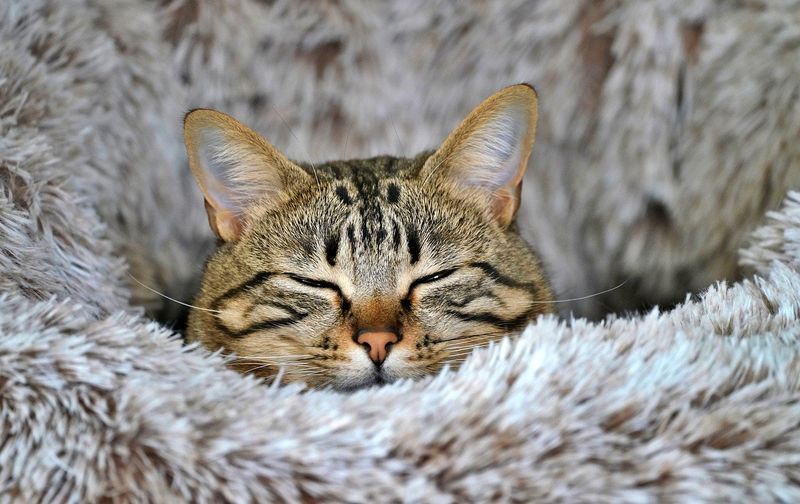
Though it sounds soothing, excessive purring might indicate anxiety. Cats often purr when feeling anxious, seeking comfort through the vibration of their throats.
This behavior, combined with restlessness or hiding, could signal stress. Some experts believe purring is a self-soothing mechanism. If your cat’s purring seems more intense than usual, consider changes in its environment.
Has there been a new pet or a change in routine? Sometimes, it’s not just contentment but a cry for help. Monitoring the pattern and context can provide insights. Cats express much through this multifaceted sound.
Kneading with Claws
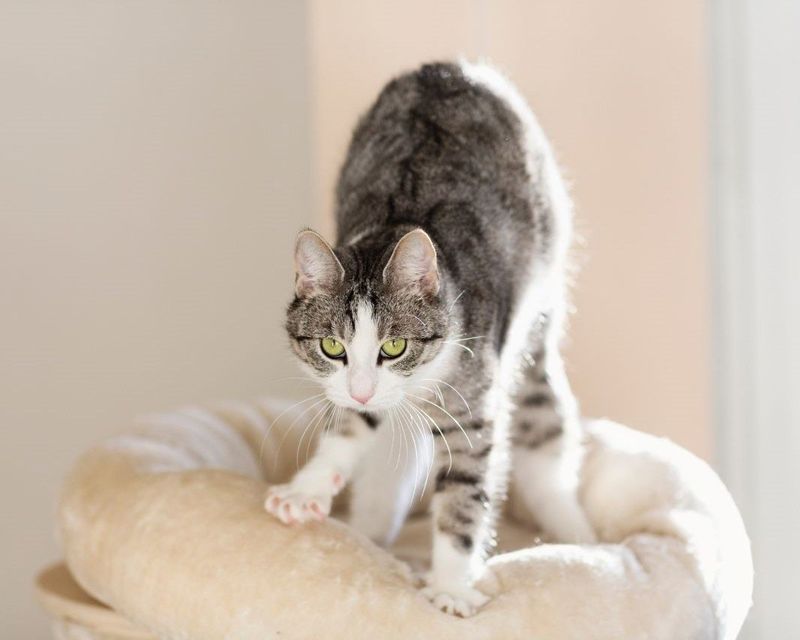
Kneading is a comforting action for cats, reminiscent of kittenhood when they kneaded their mother. However, it can sometimes indicate insecurity. If your cat kneads frequently and aggressively, it may be trying to cope with anxiety.
This behavior is their way of finding solace, often triggered by feelings of uncertainty. Observe when your cat kneads the most—is it during loud noises or when guests visit?
These clues can help understand their emotional state. While endearing, it’s essential to identify the underlying cause to ease their distress.
Over-Grooming
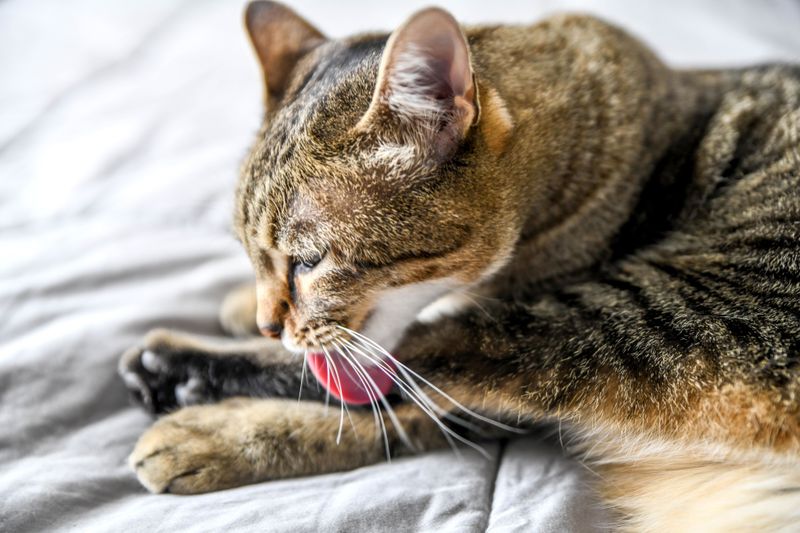
Over-grooming may seem like a hygiene habit, but it can be a sign of stress or allergies. When a cat grooms excessively, it might be trying to soothe itself. This behavior often points to environmental changes or skin irritations.
Notice if your cat develops bald patches or redness. Stressors like moving to a new home or new pets can trigger this. Allergies to food or fleas might also be culprits.
Keep an eye on their grooming patterns as it could be more than vanity at play, indicating discomfort.
Frequent Vocalization
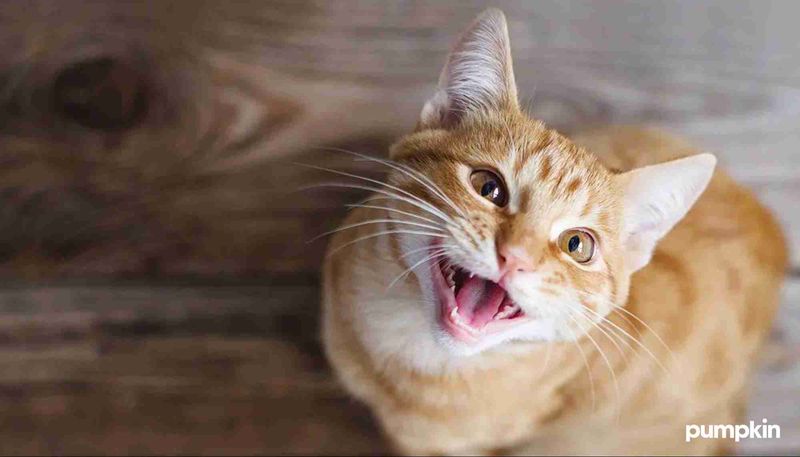
A chatty cat is charming, but excessive vocalization can be a sign of loneliness or discomfort. Some breeds like Siamese are naturally vocal, yet an increase can signal a need for attention.
Frequent meowing might indicate hunger, discomfort, or the desire for interaction. Pay attention to when your cat is most vocal—during mealtimes or when left alone?
Each meow can carry a different message. Recognizing these cues helps address underlying issues, ensuring your feline feels secure and heard.
Unusual Hiding Spots

Cats love cozy spots, but hiding in unusual places might signal fear or illness. When a cat starts seeking refuge in odd locations, it could be avoiding something distressing.
This behavior often indicates they feel threatened or unwell. Changes at home, new pets, or illness might drive them to hide. Monitor the frequency and duration of hiding.
While cats enjoy solitude, excessive hiding warrants a closer look. It’s their instinctual way to find safety and observe from a distance, a behavior rooted in caution.
Refusal to Use Litter Box
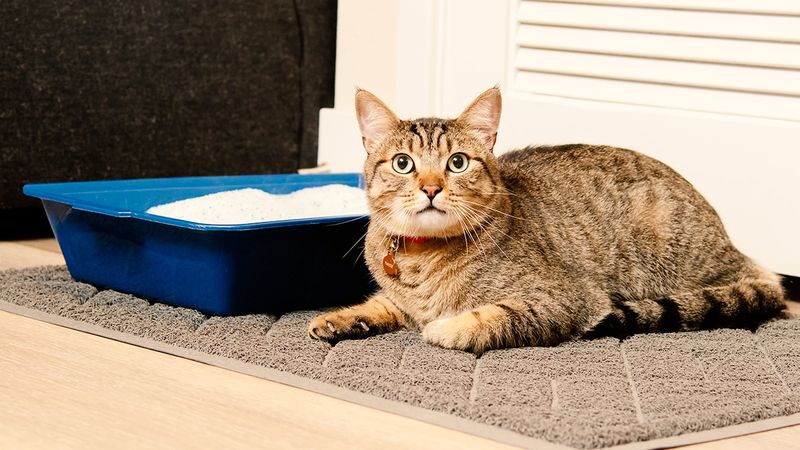
Litter box aversion is more than a mess; it’s a call for attention. When a cat avoids its litter box, it may be due to stress, medical issues, or a dirty box.
This behavior can indicate urinary tract infections or dissatisfaction with litter type. Observe whether changes in household dynamics or location of the box are factors. A thorough cleaning or a vet visit might be necessary to resolve this concern.
Cats are particular about their habits, and such avoidance often signals discomfort or displeasure.
Sudden Aggression
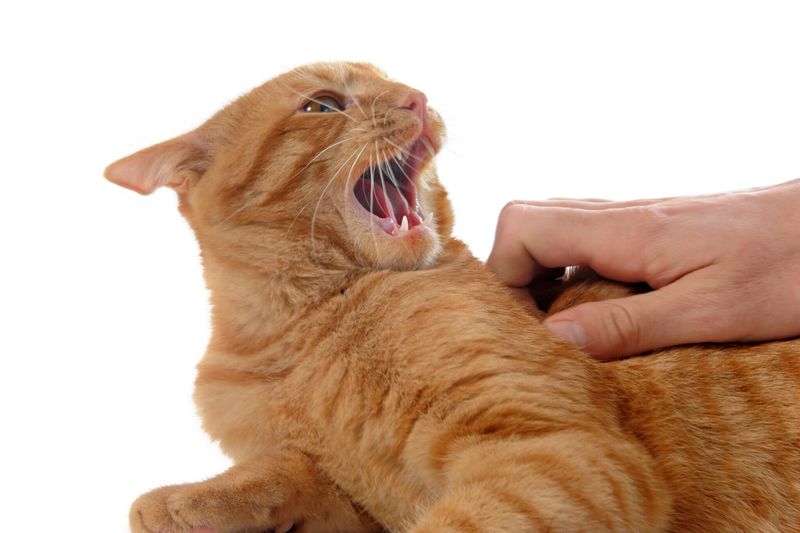
Sudden aggression in cats can be alarming. This behavior may stem from pain, fear, or past trauma. If your usually gentle cat becomes aggressive, it might be experiencing discomfort.
Analyze situations that trigger this change—new pets or stressors at home? Consider if there’s a pattern or specific trigger. A health check or changes in their environment might be necessary.
Understanding their aggression can prevent harm and improve trust. Cats communicate through behavior, and aggression is a clear signal something is amiss.
Loss of Appetite
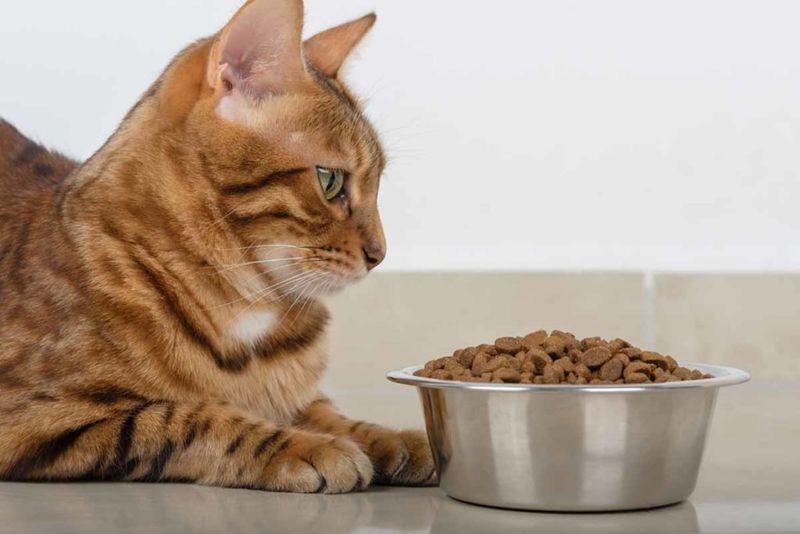
Ignoring meals isn’t typical for cats. A sudden loss of appetite might signal distress or illness. Cats may refuse food due to dental issues, digestive problems, or stress.
Check if there have been changes in food type or feeding location. Persistent refusal warrants a trip to the vet. Observing their eating habits closely can reveal much about their physical and emotional health.
Loss of appetite is often an early sign something’s wrong, urging pet owners to pay attention and address potential health concerns.
Constantly Seeking Attention

While cats are often independent, suddenly seeking constant attention can indicate loneliness or insecurity. This behavior is a plea for interaction, showing they might feel neglected.
Changes in the household, such as a new family member or pet, can trigger this need for connection. Engage with your cat through play and affection to reassure them of their place in the family.
Understanding their need for attention ensures a balanced relationship and helps alleviate their insecurities.
Odd Eating Habits
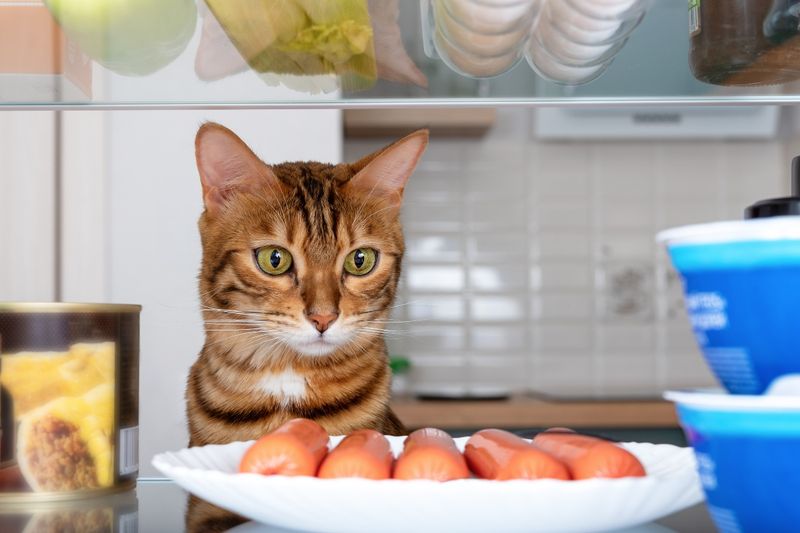
Eating non-food items, known as pica, can be a sign of nutritional deficiency or boredom. If your cat chews on things like plastic or fabric, it might be seeking nutrients missing from its diet or expressing anxiety.
Consider changes in diet or enrichment activities to deter this behavior. Observe what items they target and if there’s a pattern. This peculiar habit requires attention as it could lead to digestive issues.
Providing a balanced diet and mental stimulation is crucial in addressing this quirky yet concerning behavior.
Unusual Night Activity
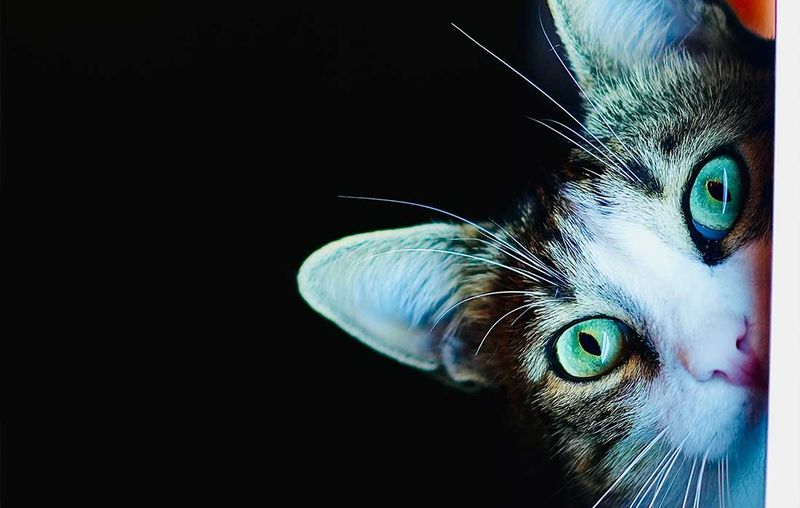
Cats are naturally nocturnal, but excessive activity at night can indicate pent-up energy or stress. If your cat runs around the house at midnight or engages in loud play, it might need more daytime engagement.
This behavior could also signal anxiety or a disruption in routine. Providing interactive toys or a daytime activity schedule can help balance their energy levels.
Understanding their nightly antics can lead to a more peaceful household, ensuring both you and your cat enjoy restful nights.
Tail Chasing
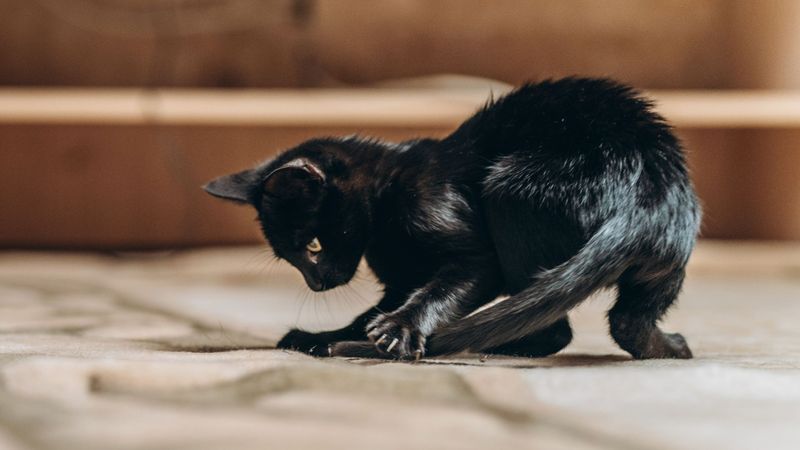
Tail chasing in cats, though amusing, might indicate boredom or a need for more mental stimulation. If your cat obsessively chases its tail, it could be seeking attention or dealing with anxiety.
Ensure they have plenty of toys and interactive play to keep them engaged. Look for patterns in this behavior—is it in response to being left alone?
Providing a stimulating environment helps reduce this behavior, ensuring your cat remains both mentally and physically active. Tail chasing is often more than just a playful antic.
Unprovoked Hissing
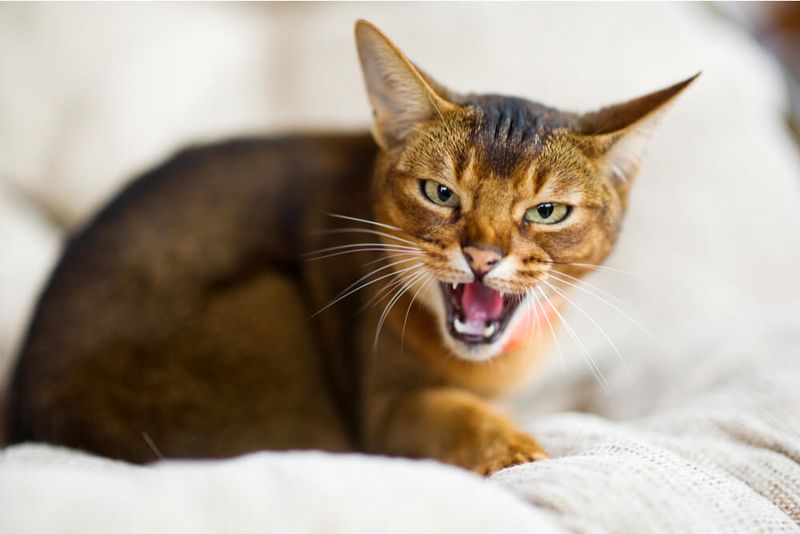
Hissing is a clear sign of distress or fear in cats. If your cat hisses without apparent reason, it might be reacting to hidden stressors or discomfort. This behavior indicates they feel threatened or uneasy.
Evaluate their environment for any changes or potential stressors. Sometimes, even subtle changes can trigger this response. Understanding what causes this behavior is crucial for their well-being.
Providing a calm, stable environment helps reduce anxiety, ensuring your cat feels safe and secure at home.

